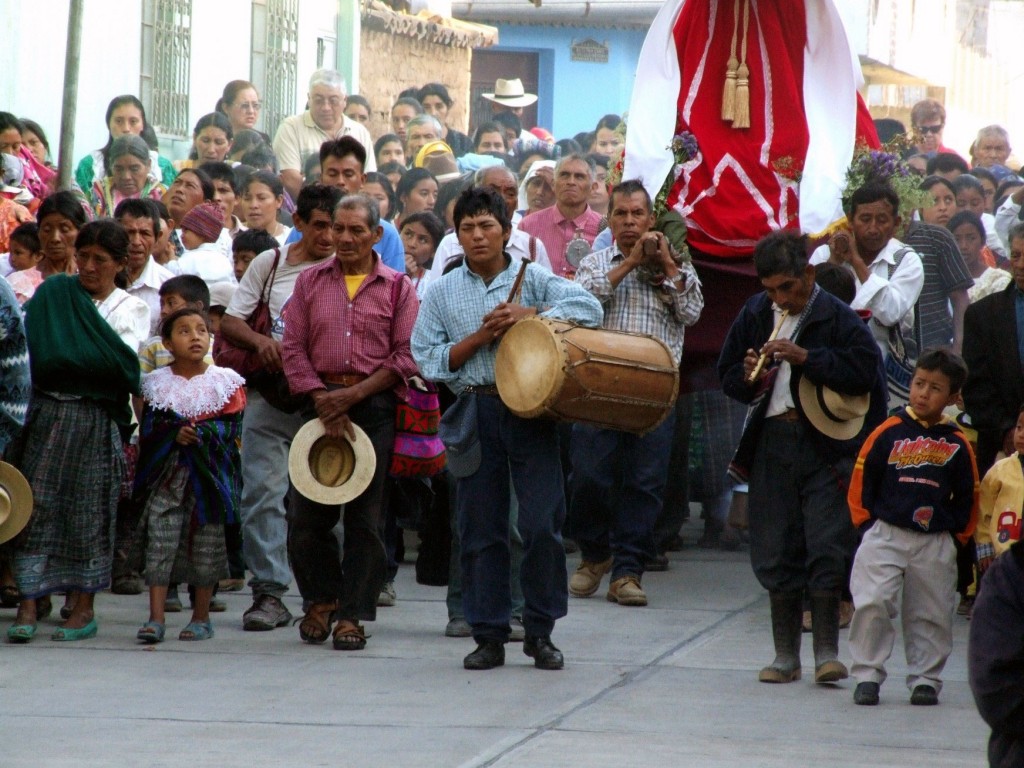KULTTUURIEN KOHTAAMISET
10.15 – 12.00
Työpaja: Vanhat kuvat, uudet ruudut. Ohjaajina Hanna-Maria Rajala & Susanna Lehtinen
Sarjakuvasankari seikkailee eksoottisessa Latinalaisen Amerikan maassa: ankaria luonnonolosuhteita, kadonneita aarteita, primitiivisiä alkuasukkaita… Tuttu tarina? Mutta voisivatko sarjakuvat herättää myös uusia ajatuksia Latinalaisesta Amerikasta ja sen asukkaista? Työpajassa tarkastellaan vanhoja kuvia uusin silmin, pohditaan kuvien yhteyttä käsityksiimme vieraista kulttuureista ja kerrotaan uusia tarinoita piirtämällä omia sarjakuvia. Ei edellytä piirrustustaitoa tai Latinalaisen Amerikan tuntemusta.
Työpaja on kaikille avoin ja maksuton. Ilmoittautumisaika ma 19.11. asti tai jos tilaa on mukaan voi päästä vielä tilaisuuden alkaessa. Mukaan mahtuu 8 ensimmäistä piirtäjää.
12.15
Eeva Sippola: Latinalaisen Amerikan laidalt’
Usean vuosisadan ajan reitti Espanjan imperiumin kaukaisimpaan kolkkaan Filippiineille kulki Meksikon kautta. Esityksessä tarkastellaan sitä, miten Latinalainen Amerikka näkyy toisella puolella Tyyntä valtamerta. Latinalaisen Amerikan vaikutukseen Filippiineillä tutustutaan muun muassa kielten ja kulttuurien kontaktien kautta, esimerkkinä erityisesti
kreolikieli chabacano ja sen puhujayhteisöt.
12.35
Rita Eloranta: Contributions of the linguistic and scientific work of the missionaries during colonial times in Latin America
The Spanish colonization implied diverse linguistic and cultural changes in the conquered societies, but this didn’t occur as an absolute replacement of the original culture by the new one, it was rather an adjustment to the foreign culture. Along the process of transculturization the missionaries – linguists created colonial grammatical arts that were grammatical descriptions of the languages that they learned, and that, in many cases, constitute the only evidence of now extinct languages.
For a long time the study of these grammatical arts has been neglected and the missionary works have been considered ascientific, nevertheless, several studies have managed to prove that the analysis and studies done by the missionaries are worth being considered to be innovative and successful linguistic works. The presentation highlights the scientific work of evangelizers who lived and worked in Latinamerican soil, emphasizing the importance of their works in maintenance and diffusion of certain linguistic varieties.
14.15
Camilo Pajuelo Valdez: The Andean Guitar – Music and transculturation in the Andes
This presentation reflects on some ideas and stereotypes related to Andean music. During the second half of the 20th century, many bands formed by immigrant musicians coming from different Latin American countries transformed the urban landscape of the main European cities.Commonly, they were hybrid ensembles of various Andean musical instruments (bombo, guitar, charango, panpipes, flutes, etc.) performing a stylized repertoire, arranged more or less according to the new audience taste.In many cases, this music was considered as a paradigm of traditional Andean or Latin American music.In other cases, due to some exotic tunes or other aspects of musical performance (e.g. clothes dressed by these musicians), this music was labeled as “ethnic”, “folk”, “global”, and it even gained a place among trends such as World Music or New Age.Although this phenomenon helped to awake interest on Andean music and culture among the European audience, it also branded stereotypes such as homogenization and decontextualization of several aesthetic and cultural codes, limiting the acknowledge and understanding of the Andean reality.
Even long before the colonial period began, the socio-geographical Andean space has received various and heterogeneous cultural influences, shaping a social structure as charming as intricate. This presentation attempts to provide an overview, highlighting certain aspects of the Andean cultural complexity that is expressed in its music. Therefore, it focuses on the case of the Andean guitar, a style of instrumental performance, which has embodied a prolonged and rich development since the adoption of this instrument. Since it came along with the European colonizers, its repertoire and instrumental techniques developed, throughout the time, a melding of the various legacies of the Andean soundscape.
16.15–17.00
Elina Vuola: Kansanomainen Neitsyt Maria -kultti Latinalaisessa Amerikassa
Studia Latinoamericana –sarjan luento kertoo kansanomaisesta Neitsyt Mariaan kohdistuvasta uskonnollisuudesta nyky-Latinalaisessa Amerikassa.
Marian hahmo on katolisen kansanuskon tärkein hahmo ja kulttiin liittyy merkityksiä, jotka sekä yhtyvät kirkon viralliseen opetukseen että poikkeavat siitä. Kansanhurskaudella on tärkeä merkitys arkipäivän ylläpidossa, joten se usein muodostuu naisten uskonnollisuuden tärkeäksi ilmaisumuodoksi. Esimerkkejä otetaan mm. Keski-Amerikasta ja Kolumbiasta.

